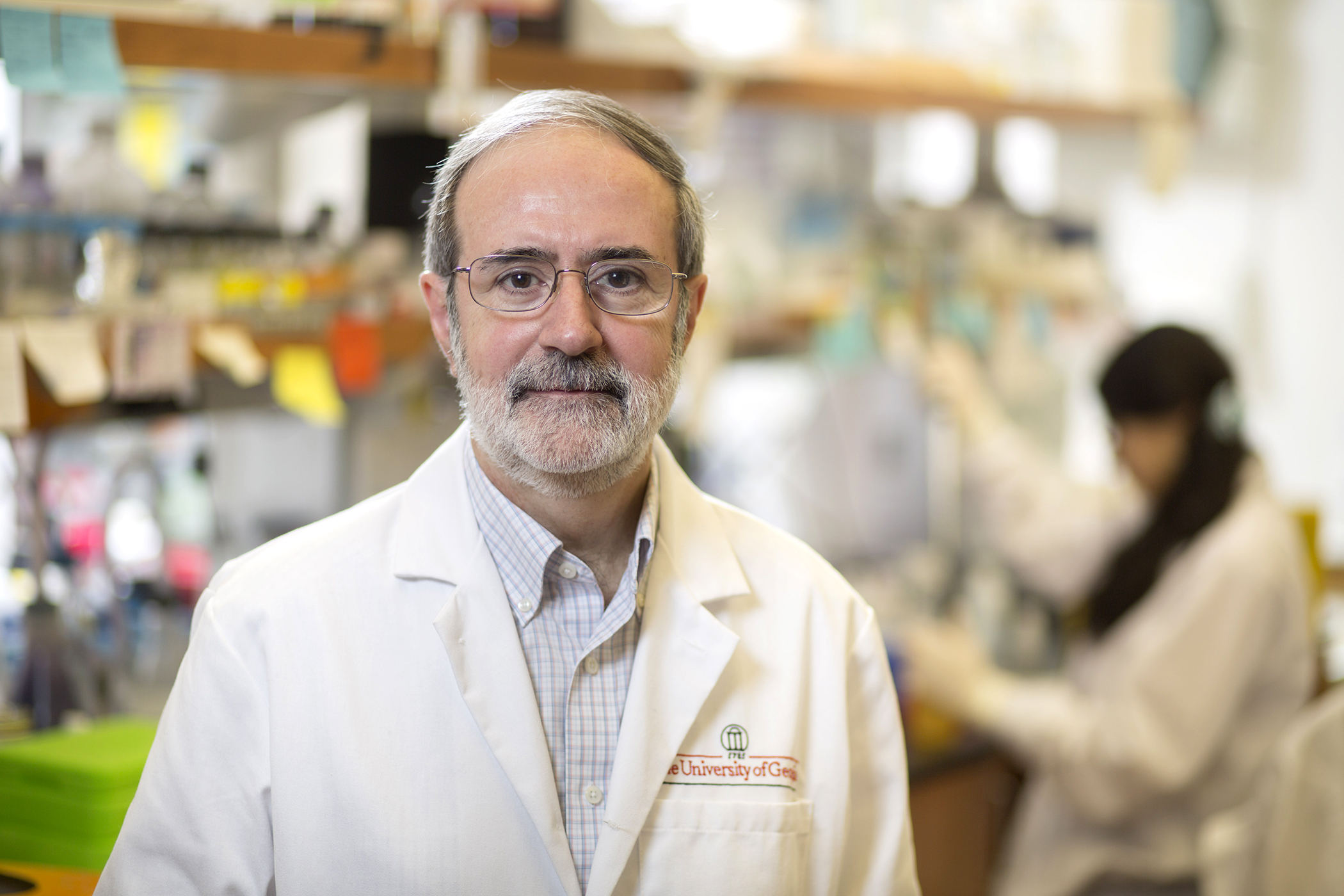Different Sensitivity of Control and MICU1- and MICU2-Ablated Trypanosoma cruzi Mitochondrial Calcium Uniporter Complex to Ruthenium-Based Inhibitors
The mitochondrial Ca2+ uptake in trypanosomatids shares biochemical characteristics with that of animals. However, the composition of the mitochondrial Ca2+ uniporter complex (MCUC) in these parasites is quite peculiar, suggesting lineage-specific adaptations. In this work, we compared the inhibitory activity of ruthenium red (RuRed) and Ru360, the most commonly used MCUC inhibitors, with that of the recently described inhibitor Ru265, on Trypanosoma cruzi, the agent of Chagas disease. Ru265 was more potent than Ru360 and RuRed in inhibiting mitochondrial Ca2+ transport in permeabilized cells. When dose-response effects were investigated, an increase in sensitivity for Ru360 and Ru265 was observed in TcMICU1-KO and TcMICU2-KO cells as compared with control cells. In the presence of RuRed, a significant increase in sensitivity was observed only in TcMICU2-KO cells. However, application of Ru265 to intact cells did not affect growth and respiration of epimastigotes, mitochondrial Ca2+ uptake in Rhod-2-labeled intact cells, or attachment to host cells and infection by trypomastigotes, suggesting a low permeability for this compound in trypanosomes.
Mayara S Bertolini, Roberto Docampo. Int J Mol Sci. 2020 Dec 7;21(23):E9316. doi: 10.3390/ijms21239316.









